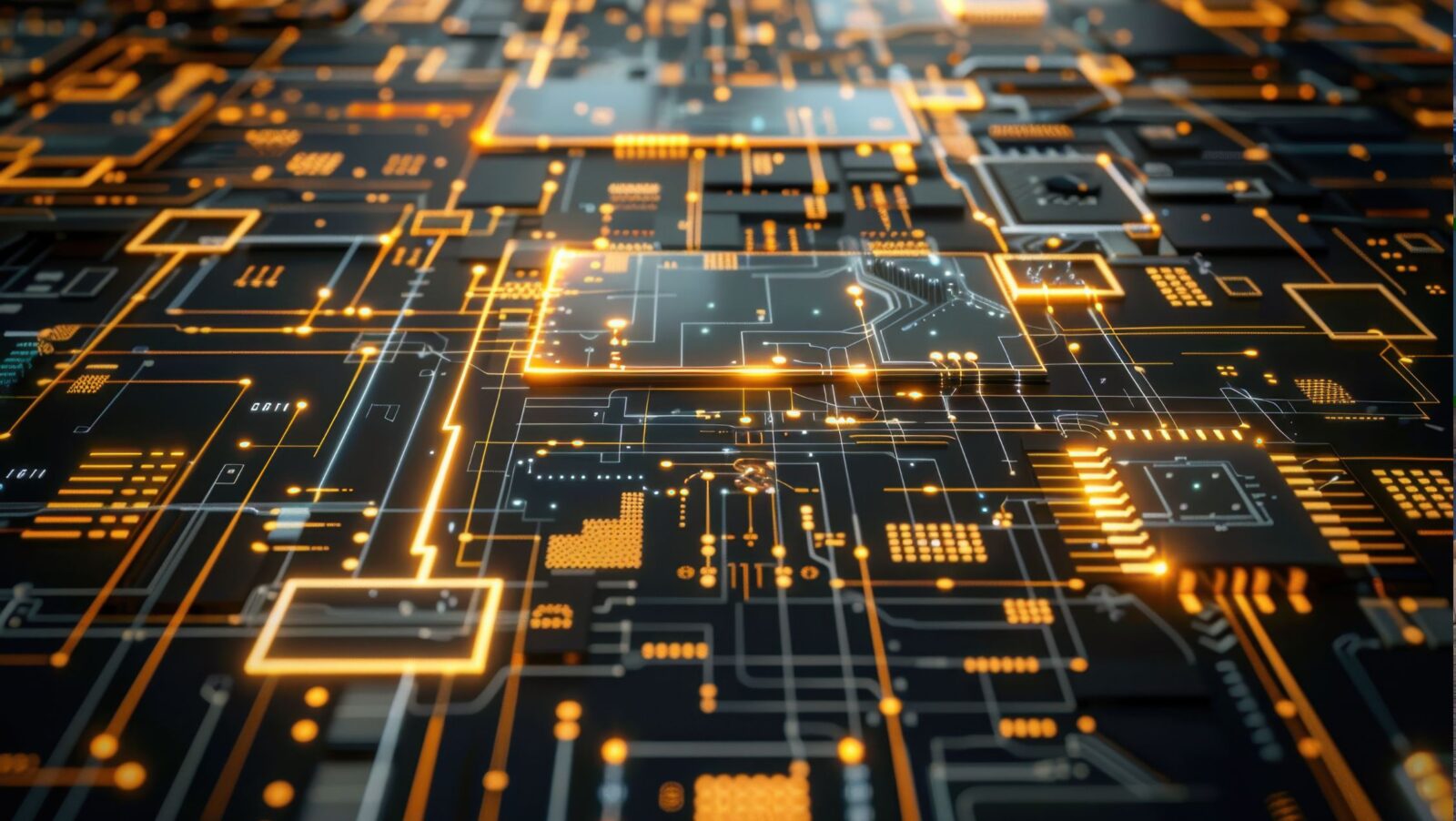You ever notice how everyone talks about building the cloud, but almost no one talks about what happens when parts of it get old?
We’ve all heard it: “We’re moving to the cloud.” “We’re scaling our cloud infrastructure.” It sounds light and futuristic — like data just floats somewhere out there, untouched by real-world stuff.
But that’s the illusion. The truth is, the cloud is deeply physical. It lives in massive, noisy rooms full of servers, cables, and blinking LEDs.
And here’s the part that’s easy to forget: every new upgrade, every migration, every “move to the next-gen platform” leaves something behind. Old servers. Cooling systems. Racks. Miles of wiring. All that tech has to go somewhere.
That’s where data center decommissioning comes in. Not glamorous, not headline-grabbing, but quietly one of the most important parts of keeping the cloud — and the planet — sustainable.
Table of Contents
ToggleThe Cloud Grows Fast… Maybe Too Fast
Digital growth has gone off the charts. Between streaming, remote work, AI, and just everyday cloud storage, the world’s data centers are running harder than ever.
Companies are constantly upgrading — new processors, faster networking gear, smarter cooling. It’s good business sense. You can’t fall behind in performance or efficiency. But that speed comes with a side effect: the replacement cycle keeps shrinking.
Five years ago, servers might’ve lasted close to a decade. Now? Some get retired in half that time. Multiply that across tens of thousands of data centers worldwide, and suddenly, we’ve got a lot of retired equipment piling up in the shadows of all this innovation.
And if that old hardware isn’t dealt with responsibly, we’re not just talking clutter — we’re talking security risks and environmental fallout.
What “Decommissioning” Actually Means
The term sounds clinical, doesn’t it? “Data center decommissioning.” Feels like something you’d see buried in a project plan. But it’s a serious process.
It’s part logistics, part data security, part environmental responsibility. It starts with taking inventory — identifying every piece of hardware that’s about to be powered down.
Then there’s secure data destruction (think: no trace left behind), followed by physical removal, recycling, or resale of anything that still has value.
Here’s the thing: it’s easy to underestimate this step. Some teams think, “We wiped the drives, we’re good.” But one overlooked server or untracked hard drive can cause real damage.
A lot of companies have learned that the hard way — not because of bad intent, but because of lack of process.
That’s why experienced organizations work with data center decommissioning services — people who live and breathe this stuff. They track every asset, make sure data is permanently destroyed, and handle recycling in line with strict regulations.
Basically, they take the mess and turn it into something secure, traceable, and environmentally responsible.
The Environmental Reality We Don’t See
Now let’s talk about the elephant in the server room — e-waste.
Data centers use a lot of hardware. Servers, switches, batteries, power supplies — the list goes on. And when that hardware gets retired, it becomes part of the world’s fastest-growing waste stream.
Here’s the uncomfortable truth: most of that equipment still contains recoverable materials — copper, aluminum, gold, and rare earth metals. But when it’s dumped instead of recycled, all that value literally goes into the ground.
On top of that, the toxic components — think lead, mercury, certain plastics — can leach into soil and water systems. Not great for the planet.
When companies take decommissioning seriously, though, the story flips. Old servers are dismantled safely. Materials get reclaimed. The usable parts get refurbished or sold to smaller operations. And the rest? Recycled according to environmental standards.
It’s not just the “right thing” — it’s practical sustainability. You’re saving money, minimizing your carbon footprint, and avoiding the PR nightmare that comes with a carelessly handled data center teardown.
The New Shift: Circular IT
We’re seeing a mindset change in tech. Call it “circular IT” or “sustainable infrastructure,” but the idea’s the same — stop thinking in straight lines.
For decades, IT ran on a linear model: buy → use → replace → toss. Simple, efficient, and completely unsustainable. Now, companies are rethinking that flow.
What if servers could be securely refurbished and reused instead of destroyed? What if components could re-enter the manufacturing cycle instead of becoming waste?
That’s the essence of the circular model — keeping materials in play longer. It’s catching on with companies that take ESG (Environmental, Social, and Governance) goals seriously.
They’re not waiting for regulations to force their hand; they’re building sustainability into their operational DNA.
And yes, it’s also great optics. Showing your investors and customers that you’re responsibly managing your tech footprint? That’s not fluff — it’s smart brand positioning.
Standards, Partners, and the Fine Print
Now, not all decommissioning is created equal. Anyone can haul away old equipment. The difference is how it’s done.
That’s where international standards come in — like R2v3 for electronics recycling and ISO 14001 for environmental management. Those aren’t just bureaucratic badges. They’re proof that your process is verifiable, transparent, and sustainable.
Professional data center decommissioning services operate under those frameworks.
They don’t just recycle; they provide full documentation — certificates of data destruction, environmental reports, and chain-of-custody tracking. The kind of paperwork that keeps compliance teams sleeping soundly.
And if you’re working across multiple countries (which most large orgs are), those standards keep everything consistent. Because what’s compliant in the U.S. might not fly in the EU or Asia. A good partner knows that terrain inside and out.
Building the Future — and Cleaning Up the Past
Here’s the bottom line: the cloud isn’t slowing down. If anything, it’s doubling in speed every few years. AI, automation, and big data are fueling an endless need for processing power.

But growth without responsibility isn’t progress.
Sustainable tech isn’t just about building greener data centers — it’s about what happens after you’re done using the old ones. It’s about closing the loop, not just opening new ones.
So the next time you hear about a company announcing a “carbon-neutral” data center, ask the quiet question: what happened to the old gear? Because that answer tells you more about their values than any press release ever will.
The cloud may feel weightless, but its impact is heavy — on the planet, on data security, on how we define progress.
And that’s why decommissioning isn’t just maintenance. It’s part of the story of how tech grows up.
Final thought:
Innovation gets all the attention. Cleanup rarely does. But in the long run, it’s how we handle what we retire — not just what we build — that defines whether the future of tech is truly sustainable.






